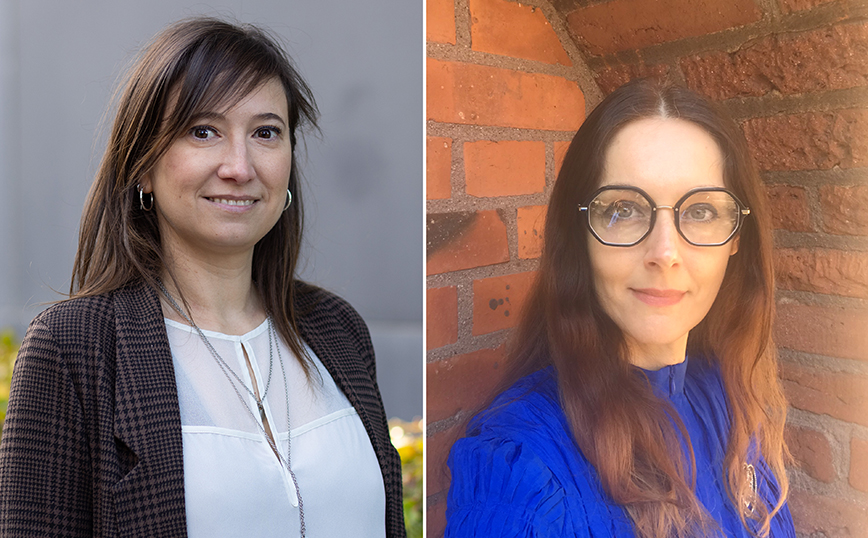KTH researchers receive ERC Synergy Grants

Stefania Giacomello and Danica Kragic Jensfelt part of international teams awarded two ERC Synergy Grants on intestinal diseases and transfer smells digitally
The Synergy Grants are given to researchers working together and bringing different skills and resources to tackle ambitious research problems. A total 37 projects received the prestigious funding, which is part of the EU's research and innovation programme, Horizon Europe.
Giacomello , a docent at the KTH School of Engineering Sciences in Chemistry, Biotechnology and Health, has, with colleagues from Karolinska Institute, University Hospital Heidelberg and the European Molecular Biology Laboratory (Germany), been granted EUR 10 million to map how disturbances in the gut host-microbiome interactions can lead to inflammatory bowel disease and colorectal cancer.
There is increasing evidence that intestinal diseases like inflammatory bowel disease and colorectal cancer are linked to an alteration in the gut microbiome composition. However, the topic is still poorly understood because the research studies are based on stool samples, which do not allow to really investigate the close interactions between the gut microbes and the gut cells.
The funding will secure the continued development of CartoHostBug (Functional cartography of intestinal host-microbiome interactions), a project established together with Eduardo Villablanca (Karolinska Institutet), Julio Saez-Rodriguez (University Hospital Heidelberg) and Georg Zeller (European Molecular Biology Laboratory).
The ambition is to create a detailed, functional map of how microbes and human cells interact in the gut in health and disease. To achieve this goal, the team will leverage cutting-edge technologies that allow the detection of host-microbiome interactions in situ and develop new computational models to predict the effect of such interactions.
“We aim to shed light on these processes by studying the host-microbiome interactions directly at the tissue level with a spatial resolution. Our ambition is to identify potential new targets to diagnose and treat intestinal diseases,” says Giacomello.
Read interview with Karolinska Institute project colleague Eduardo Villablanca
Smell Television
In a another successful funding, Professor Danica Kragic Jensfelt from the School of Electrical Engineering and Computer Science, partners in D2Smell (Digitising Smell: From Natural Statistics of Olfactory Perceptual Space to Digital Transmission of Odors). The project has been awarded EUR 11.8 million to digitally transfer scents and recreate them in another location.
This project is in line with ongoing research on sensing and perception. The prime goal with D2Smell is to collect smells in one location and send the smell codes via the internet to another location. This will then form the foundations for the development “smell-TV” devices, or TeleSmell, as the researchers call it.
“Understanding the sense of smell can also contribute to future interactive experiences by building environments that stimulate several other human senses,” Jensfelt explains.
In addition to a smell-TV, the project will collect data on how the human brain processes odours. This is a significant amount of work which can greatly improve our understanding of how the human sense of smell works.
The project team consists of consortium leader, Professor Noam Sobel at the Weizmann Institutet of Science, Johan Lundström, Karolinska Institutet, Jonathan Williams, Max Plank Society, Germany, and Kragic Jensfelt.
Read interview with project colleague Johan Lundström (Karolinska Institute)
Text:
Sturle Hauge Simonsen

